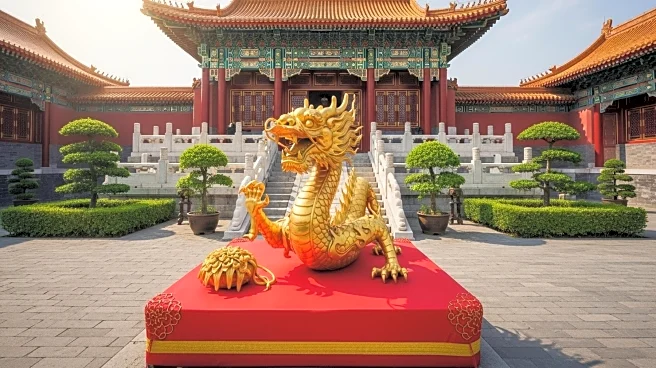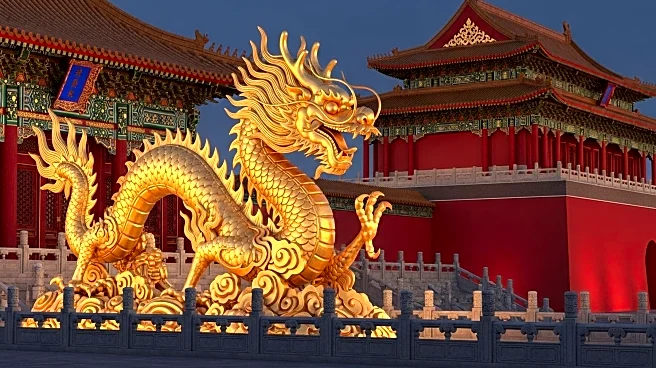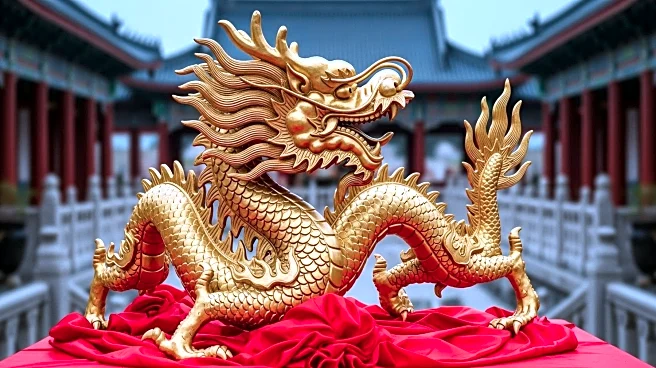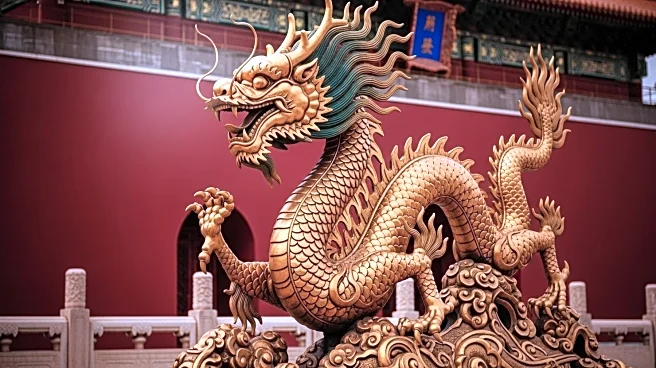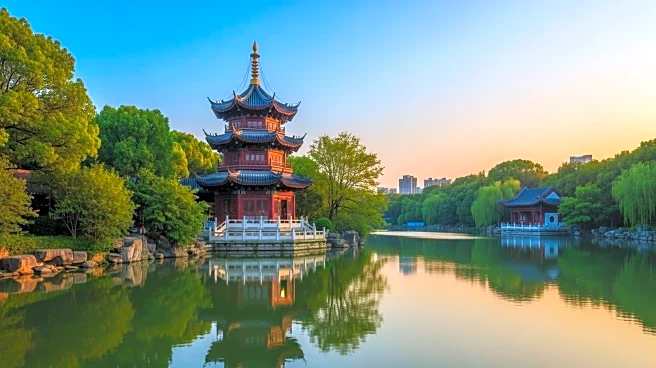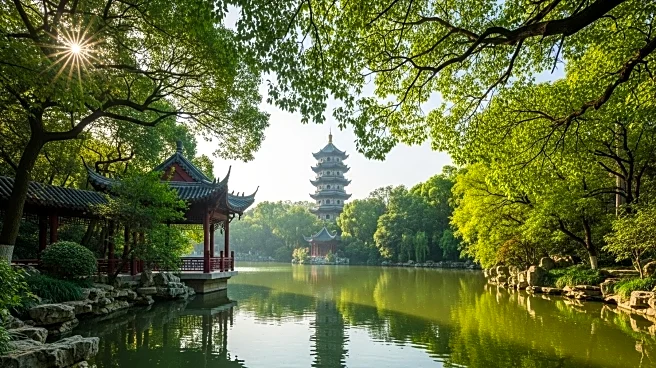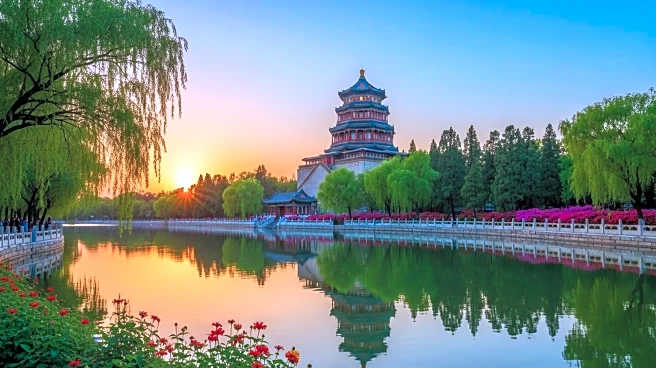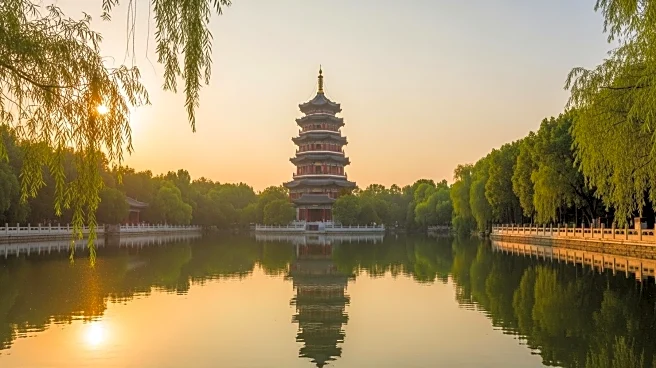The Forbidden City, a historic palace complex in Beijing, China, has had a profound influence on architecture and culture worldwide. As the former imperial residence, its impact extends beyond China's borders, shaping global perceptions of Chinese history.
Intellectual and Cultural Influence
The Forbidden City is a masterpiece of Chinese palatial architecture, influencing architectural styles across East Asia. Its design principles have been studied and emulated, contributing to the development of traditional architecture in neighboring countries. The site also serves as a cultural symbol, representing the grandeur and power of the Chinese empire.
Policy or Industry Effects
The preservation of the Forbidden City as a World Heritage Site has influenced policies related to heritage conservation worldwide. Its successful transformation into a museum serves as a model for other historical sites, demonstrating the importance of preserving cultural heritage for future generations.
Global vs. U.S. Reach
While the Forbidden City's influence is global, its relevance to U.S. audiences lies in its role as a window into Chinese history and culture. The site offers valuable lessons in heritage conservation and the importance of understanding global historical narratives, fostering cross-cultural appreciation.
Critiques and Debates
The Forbidden City has been the subject of critiques and debates, particularly regarding its preservation and management. Discussions often focus on balancing tourism with conservation efforts, ensuring that the site's historical integrity is maintained while accommodating millions of visitors annually.
 Discover Daily • 8 min read
Discover Daily • 8 min read 